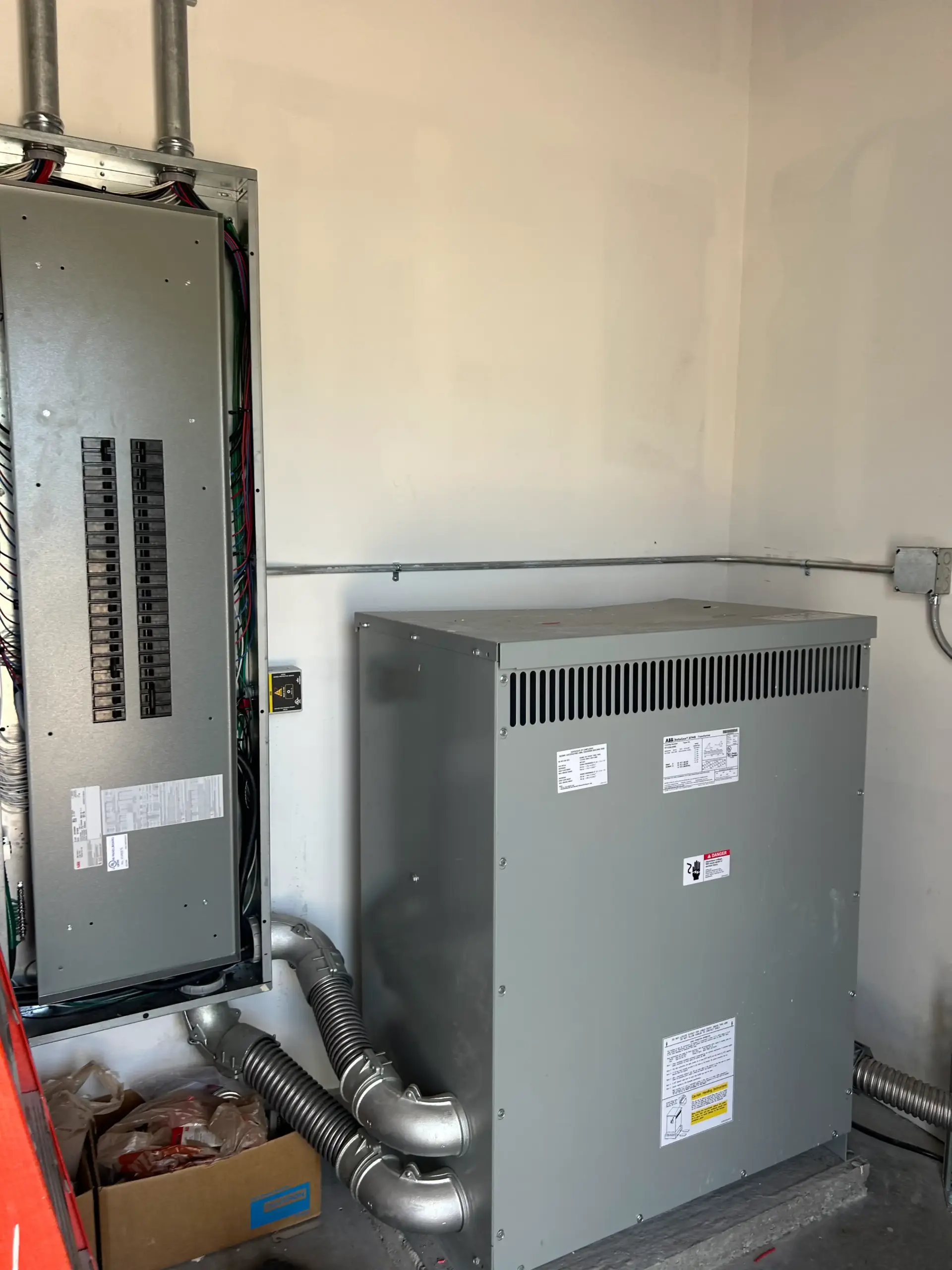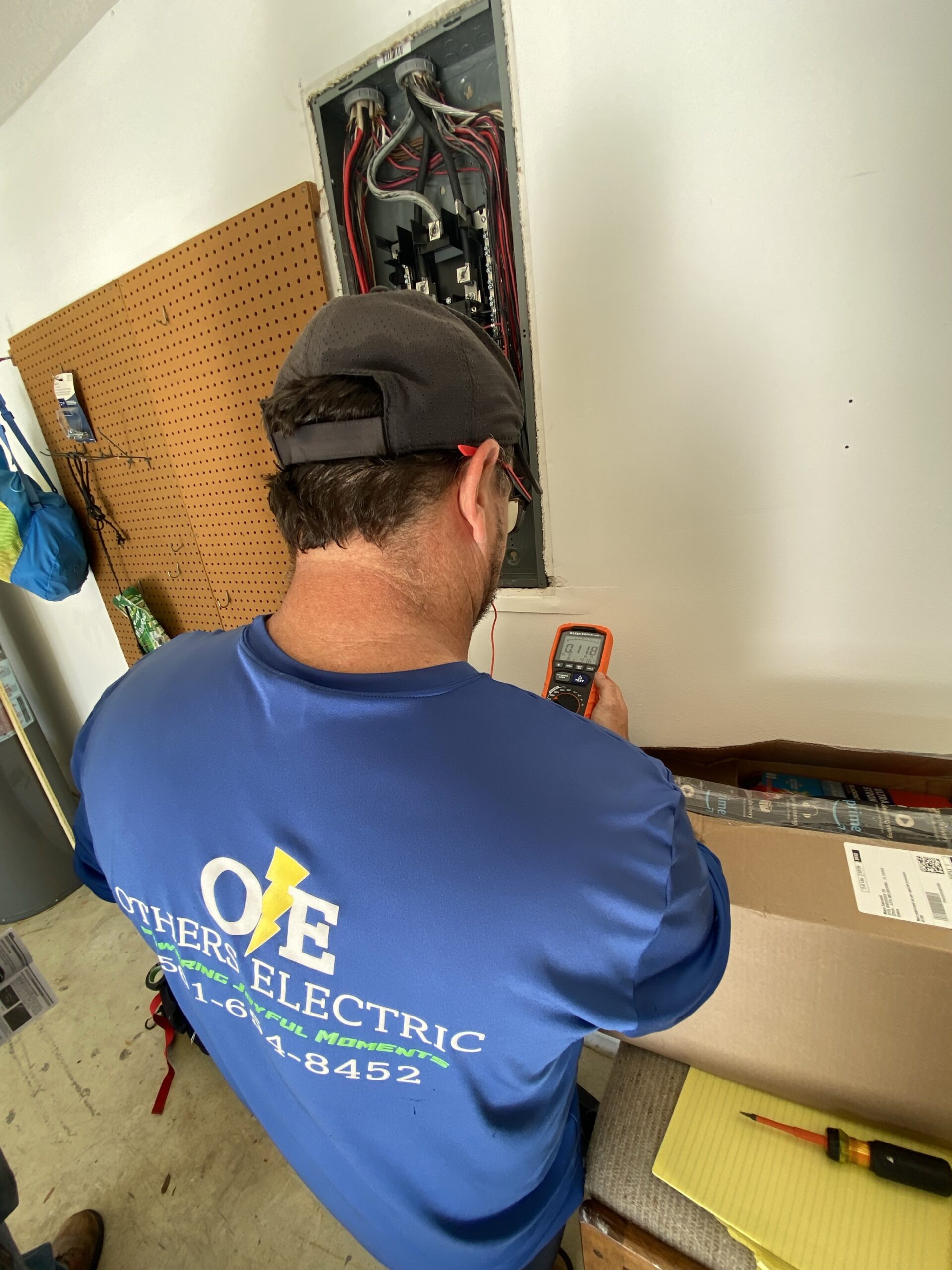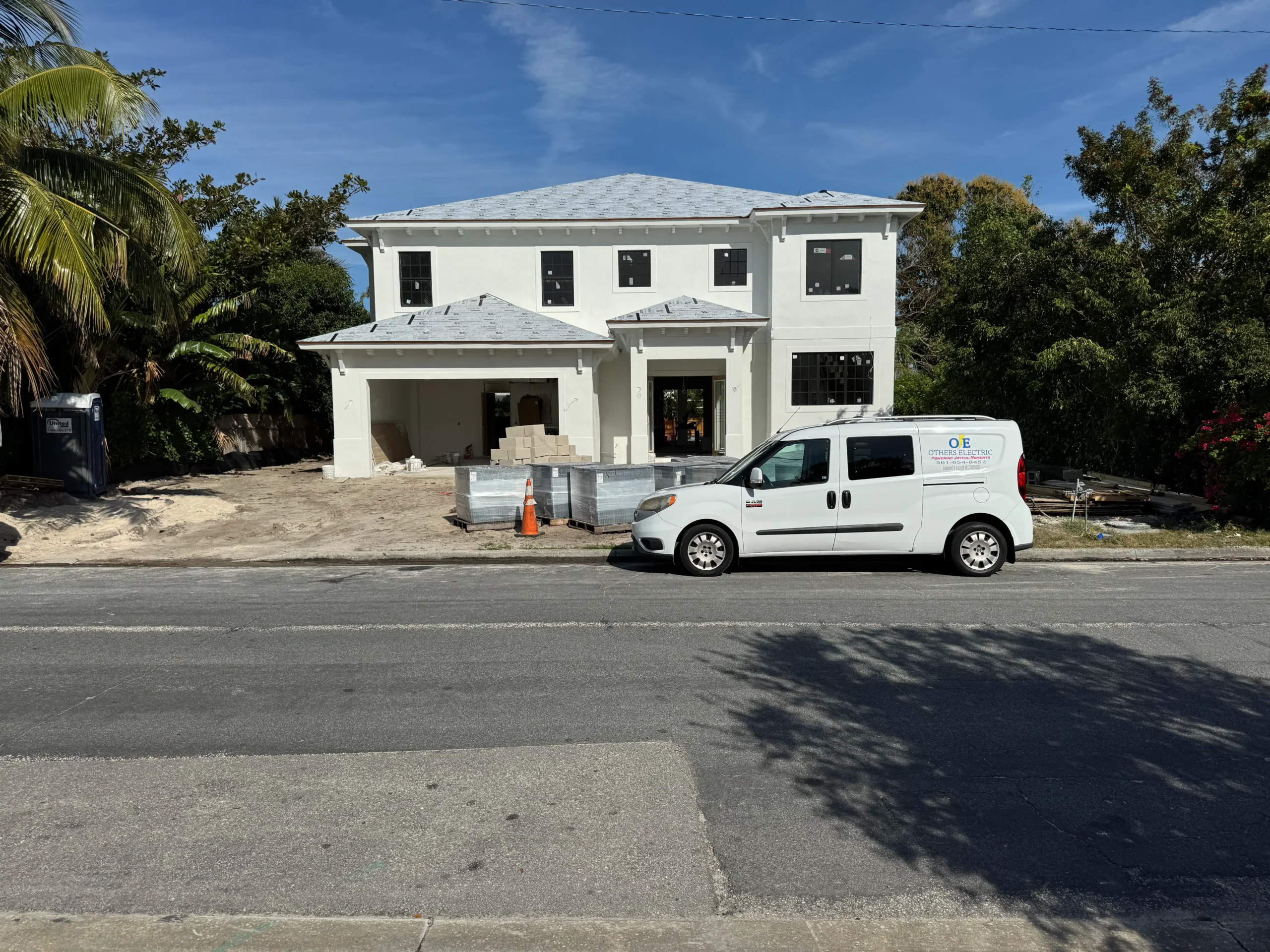Every year, Florida’s storm season brings not just heavy rains and intense winds, but a near certainty of power outages. But why does power go out during storms so frequently, and why does it take so long for service to return? Understanding the causes behind storm-related outages can help homeowners and property managers prepare more effectively, protect their electrical systems, and reduce damage. In this article, we’ll explain the primary reasons behind these blackouts and what proactive steps you can take to maintain safety and comfort during and after the storm.
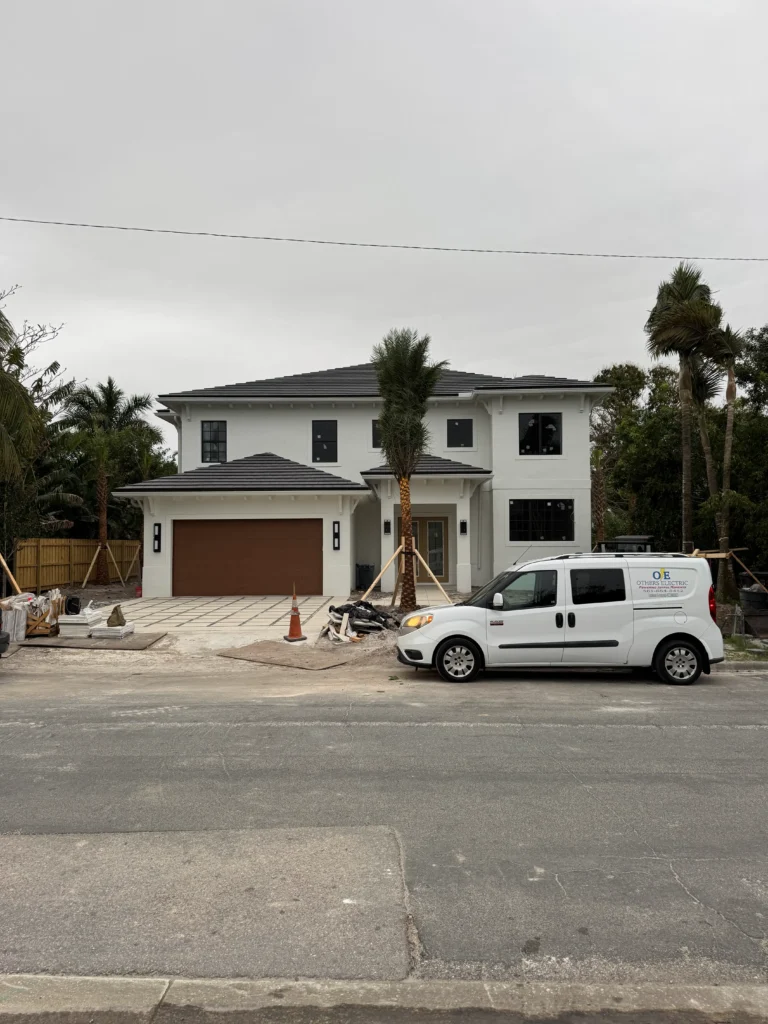
How Weather Disrupts the Power Grid
To understand why power does go out during storms, it’s helpful to first look at how the electrical grid functions. Electricity travels from power plants through transmission lines to substations and then through distribution lines into neighborhoods and homes. These systems are designed to be resilient—but storms test their limits.
Wind is one of the biggest culprits in causing outages. Strong gusts can topple trees, which in turn can bring down overhead lines. Lightning strikes also cause surges and equipment failures. Flooding complicates matters by affecting underground systems and damaging transformers or junction boxes. In Florida’s coastal zones, saltwater intrusion adds another layer of complexity to system degradation.
The U.S. Energy Information Administration reports that severe weather remains the leading cause of power outages in the United States, especially in storm-prone states like Florida.
Common Points of Failure During Storms
So, why does power go out during storms so widely and unpredictably? It’s often due to multiple weak points failing in quick succession. Overhead power lines, especially in older neighborhoods, are vulnerable to debris, flying branches, and high winds. When a pole is struck or a line is severed, electricity can no longer flow safely, triggering an automatic shutdown to prevent fires and equipment damage.
Transformers—those gray metal cylinders you see mounted on utility poles—can explode or fail when they’re overloaded or flooded. Substations, which help control and route electricity, are also highly susceptible to flooding and wind-driven debris.
Storms also tend to overload circuits as customers rush to use generators or HVAC systems. This creates voltage instability, leading to protective shutdowns.
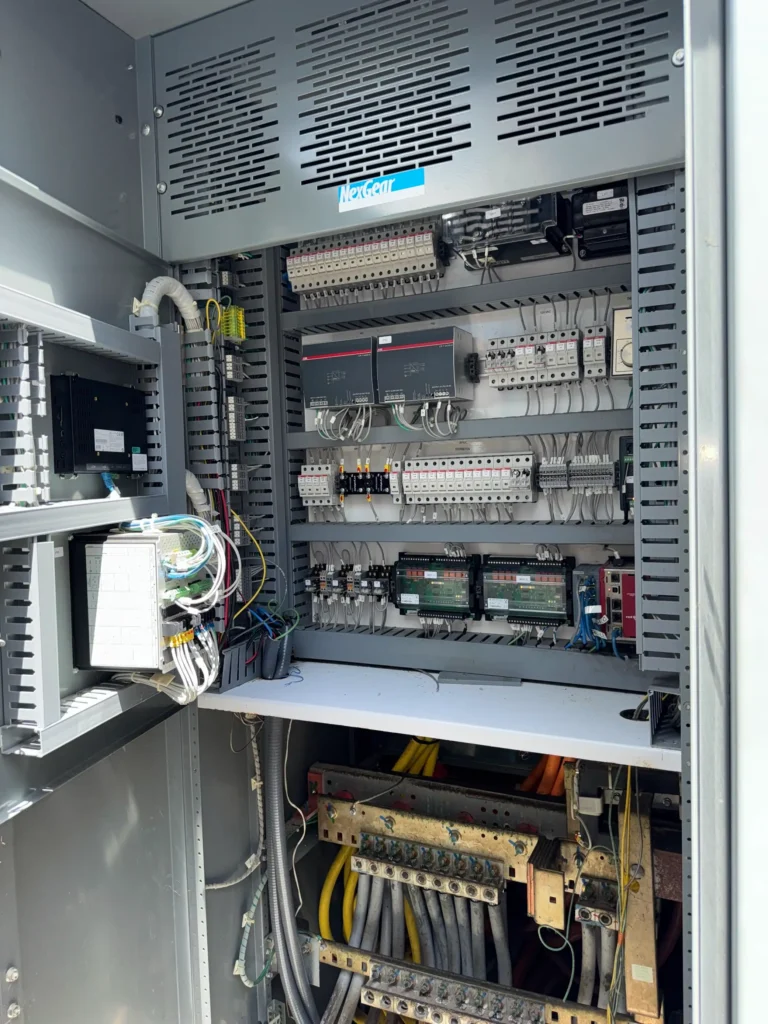
Safety Systems That Trigger Power Cuts
One often-overlooked reason why power goes out during storms is intentional deactivation. Utility companies sometimes cut power as a preventive measure to avoid grid-wide damage or to allow emergency crews to work safely.
These automated safety systems are designed to prevent hazards like arcing wires, transformer fires, or backfeeding from generators. While frustrating, these preemptive shutdowns are essential for minimizing large-scale damage and restoring power faster.
According to the Federal Energy Regulatory Commission (FERC), protective relays and circuit breakers are integral parts of the grid’s self-defense mechanisms during extreme weather.
Electrical Hazards After the Power Goes Out
Knowing why power goes out during storms is just part of the equation—it’s also crucial to understand the dangers that follow. Downed power lines, live wires submerged in water, and malfunctioning equipment can all pose lethal risks.
After a storm, never assume that a line on the ground is safe. Treat all lines as live and report them immediately. If you rely on a generator, ensure it’s professionally installed with proper transfer switches to avoid dangerous backfeeding.
The Electrical Safety Foundation International (ESFI) provides guidelines on storm-related electrical hazards and safe generator usage.
How to Prepare Your Home for Power Loss
If you know why power goes out during storms, you can take proactive steps to minimize disruption. Whole-home surge protectors can shield appliances and devices from damage caused by sudden voltage fluctuations before and after an outage. Backup generators or battery systems offer critical power for refrigeration, medical devices, or communication tools.
Your home’s electrical panel should be inspected regularly to ensure it’s capable of safely handling post-storm power restoration. Outdated or undersized panels can become overwhelmed, leading to further outages or fire risk.
Working with licensed electricians like the team at Others Electric ensures your electrical system is properly grounded and storm-ready.
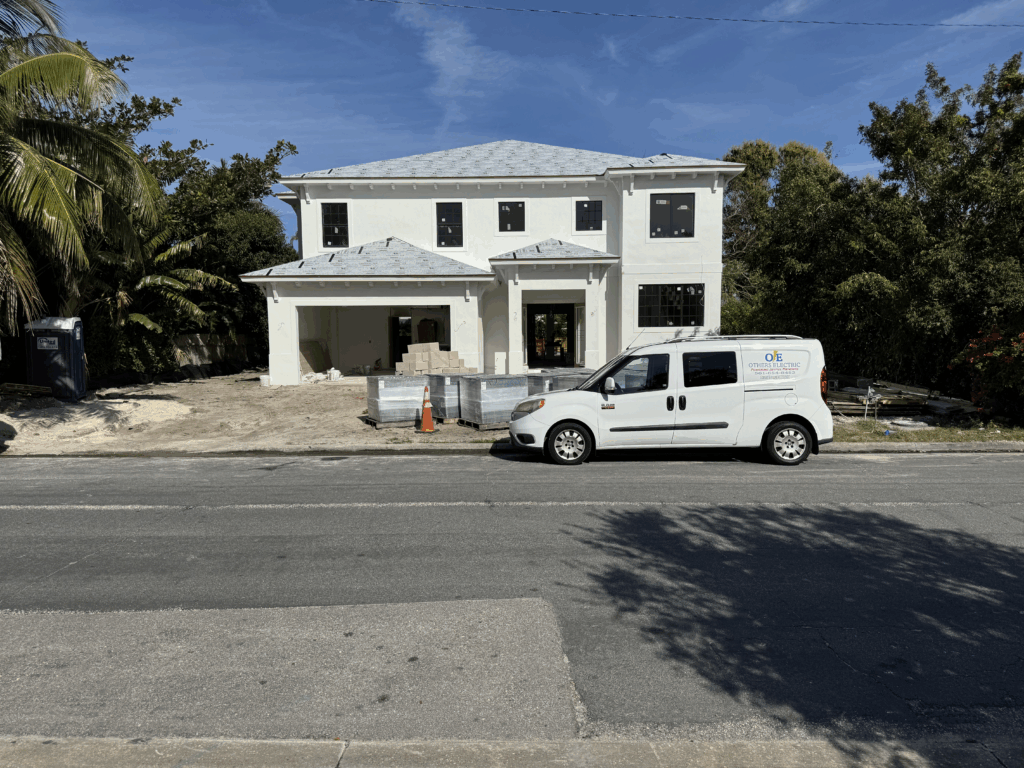
Community-Wide Grid Improvements
Many of Florida’s power systems are being upgraded to prevent the kinds of failures that make outages so common. Utilities are burying lines, reinforcing substations, and adding smart grid technology to monitor performance in real time.
Still, the sheer power of nature means outages will continue to happen. By understanding why power does go out during storms, communities and homeowners alike can push for the infrastructure improvements and household protections that make blackouts shorter and less harmful.
Conclusion
So why does power go out during storms? The answer lies in a complex network of vulnerabilities—physical, technical, and environmental. From tree limbs and lightning strikes to intentional safety shut-offs and transformer failures, multiple factors can disrupt the grid in seconds.
The good news is that with preparation and informed planning, you can reduce your exposure to these risks. Whether it’s surge protection, generator installation, or a full panel upgrade, taking action now can ensure you’re not left in the dark when the next storm hits.
For professional assistance in making your home storm-ready, visit our electrical services page. For more on electrical infrastructure and storm safety, check out resources from the U.S. EIA, FERC, and the ESFI.


